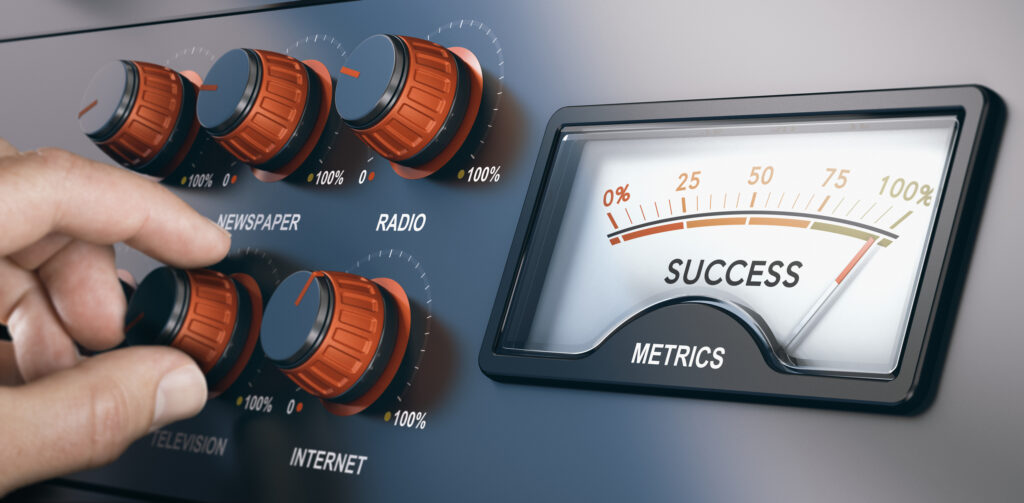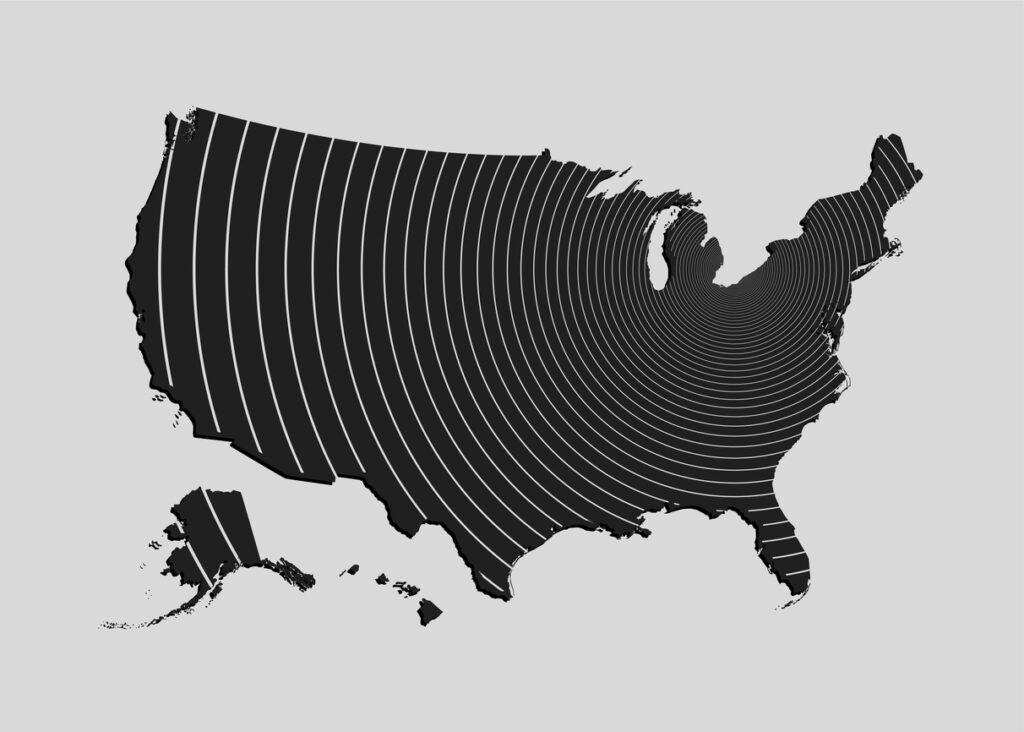Digital Radio Ads vs Traditional Radio Advertising

In today’s fast-paced digital age, advertising has undergone a remarkable evolution, offering businesses a plethora of platforms to reach their target audience. Radio advertising has long been a steadfast and effective method among these various advertising channels. However, with the rise of digital technology, digital radio ads have emerged as a formidable competitor to traditional radio ads. This article aims to provide a comprehensive comparison between digital radio ads and traditional radio ads, shedding light on their differences, advantages, and effectiveness in capturing the attention of consumers.
Digital Radio Ads vs. Traditional Radio Ads: Exploring the Key Differences
When it comes to advertising, both digital radio ads and traditional radio ads boast unique characteristics and benefits. Understanding the differences between these two mediums is crucial in determining which avenue to pursue for advertising campaigns.
TL;DR
Digital radio ads provide robust measurement and analytics tools that track various metrics, including impressions, clicks, conversions, and ROI. These insights help businesses evaluate the success of their ad campaigns.
Yes, digital radio ads are often more cost-effective as they offer flexible budget options like pay-per-click (PPC) or pay-per-impression (PPI) models. Advertisers can optimize their spending and achieve higher returns on investment.
Digital radio ads allow advertisers to target audiences based on factors such as location, age, gender, interests, and listening habits. This precision targeting ensures that the ads reach the most relevant potential customers.
Digital radio ads offer precise targeting, interactivity, and advanced analytics, allowing advertisers to reach their desired audience more effectively. On the other hand, traditional radio ads have a broader reach but lack the same level of targeting and interactivity.
Yes, traditional radio ads excel in providing a broad geographical reach and are particularly beneficial for local businesses targeting specific regions or communities with loyal listenership.
Digital radio ads offer higher interactivity and engagement. Listeners can actively engage with ads by clicking on banners, buttons, or links, leading them to the advertiser’s website or landing page.
Digital radio ads transcend geographical boundaries, allowing businesses to quickly reach a global audience. This makes them advantageous for companies with a broader target market.
Digital radio ads are more suitable for e-commerce businesses due to their precise targeting and interactivity, which can drive engagement and conversions for online products and services.
No, traditional radio ads have limited tracking capabilities, making it challenging to measure their effectiveness precisely. Advertisers often rely on indirect methods, such as customer surveys, to assess their impact.
Absolutely! Businesses can leverage both mediums to maximize their advertising efforts. By using digital radio ads for targeted campaigns and traditional radio ads for broader reach, they can achieve a well-rounded advertising strategy.
radio Targeting Capabilities

One of the primary distinctions between Digital Radio Ads and Traditional Radio Ads lies in their targeting capabilities. Traditional radio ads generally have a broader reach, as they broadcast to a wide audience without specific demographic targeting. Advertisers rely on the assumption that a portion of the general population will be interested in their offerings.
On the other hand, digital radio ads allow for precise targeting based on factors such as location, age, gender, interests, and listening habits. This level of targeting enables businesses to reach their desired audience more effectively. For example, a sports equipment retailer can tailor its digital radio ad to play during sports-related programming, ensuring that it reaches sports enthusiasts who are more likely to engage with the advertisement.
Interactivity and Engagement
Digital radio advertising offers a higher level of interactivity and engagement compared to traditional radio ads. With digital platforms, listeners can actively engage with ads by clicking on banners, buttons, or links, leading them directly to the advertiser’s website or landing page. This interactive element creates a more immersive and engaging experience, increasing the likelihood of conversions and measurable results.
In contrast, traditional radio ads are more passive, relying solely on audio messages to convey information. While a creatively crafted traditional radio ad can be memorable, it may offer a different level of direct interaction with listeners.
Measurement and Analytics
Measuring the effectiveness of advertising campaigns is crucial for businesses to optimize their strategies. Digital radio ads provide robust measurement and analytics tools that allow advertisers to track various metrics, such as impressions, clicks, conversions, and return on investment (ROI). These insights enable advertisers to make data-driven decisions and refine their campaigns for better results.
In contrast, traditional radio ads have limited tracking capabilities, making it challenging to gauge the success and impact of an ad campaign precisely. Advertisers often have to rely on indirect methods, such as customer surveys, to assess the effectiveness of their traditional radio ads.
Cost-Effectiveness
When comparing the cost-effectiveness of Digital Radio Ads vs. Traditional Radio Advertising, digital radio ads often come out on top. Traditional radio ads typically involve fixed rates based on the frequency and length of the ad, regardless of the audience reached. This can be less cost-efficient, especially if the ad fails to resonate with the target audience.
In contrast, digital radio ads can be tailored to fit various budgets, with options for pay-per-click (PPC) or pay-per-impression (PPI) models. This flexibility allows businesses to optimize their ad spend and achieve higher returns on their investment. Advertisers have the option to invest more in ads that perform well and adjust or pause ads that underperform.
Geographical Reach

Traditional radio ads excel in providing a broad geographical reach, particularly for local businesses targeting specific regions or communities. Local radio stations often have a loyal listenership, making them an ideal choice for localized marketing efforts. For instance, a neighborhood bakery can effectively advertise its products to the local community through traditional radio.
On the other hand, digital radio ads can transcend geographical boundaries, allowing businesses to reach a global audience quickly. This makes digital radio ads particularly advantageous for businesses with broader target markets, e-commerce platforms, or companies offering products or services that are not geographically bound.
Conclusion
In conclusion, both Digital Radio Ads and Traditional Radio Ads offer valuable strengths and advantages in the world of advertising. While traditional radio ads offer broad geographical reach and loyalty from local listeners, digital radio ads provide precise targeting, interactivity, and advanced analytics.
The decision between these two mediums ultimately depends on a business’s specific goals, budget, and target audience. By understanding the differences and considering the unique benefits of each, companies can make informed choices to optimize their advertising efforts and achieve successful outcomes in the ever-evolving marketing landscape.
In this digital era, embracing the power of digital radio ads can unlock new opportunities for businesses to connect with their audiences, drive engagement, and maximize their advertising investment. However, business owners should not disregard traditional radio ads, as they can still be effective in reaching specific local markets and capturing the attention of a more general audience.
As technology advances, businesses must adapt their advertising strategies and stay attuned to consumers’ evolving preferences. Integrating both digital and traditional advertising approaches is the winning combination that ensures a broader reach and a more profound connection with the target audience. By keeping a finger on the advertising landscape’s pulse and leveraging each platform’s strengths, businesses can forge ahead with confidence, knowing they are making the most of their advertising endeavors.
Red Crow Marketing Radio Advertising
At Red Crow, we have years of experience in media buying and managing both traditional and digital radio ad campaigns. We take the time to learn about your goals and come up with a plan that meets your needs. Contact us!
